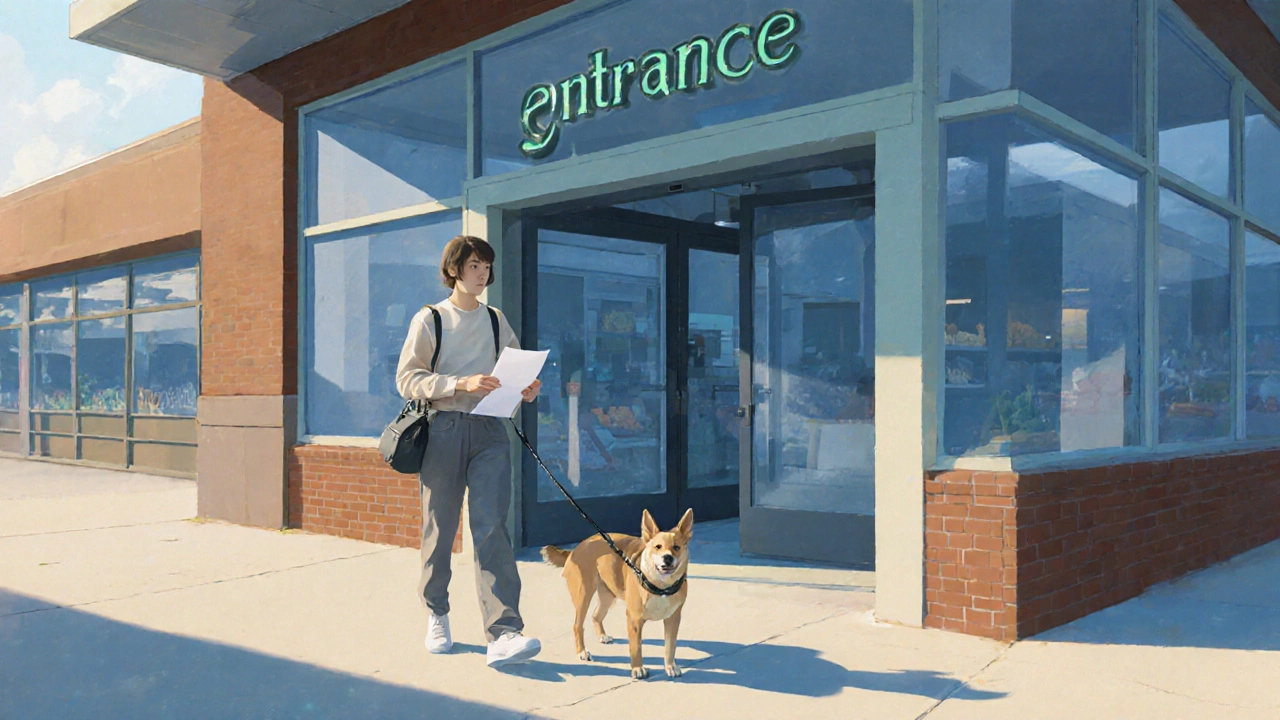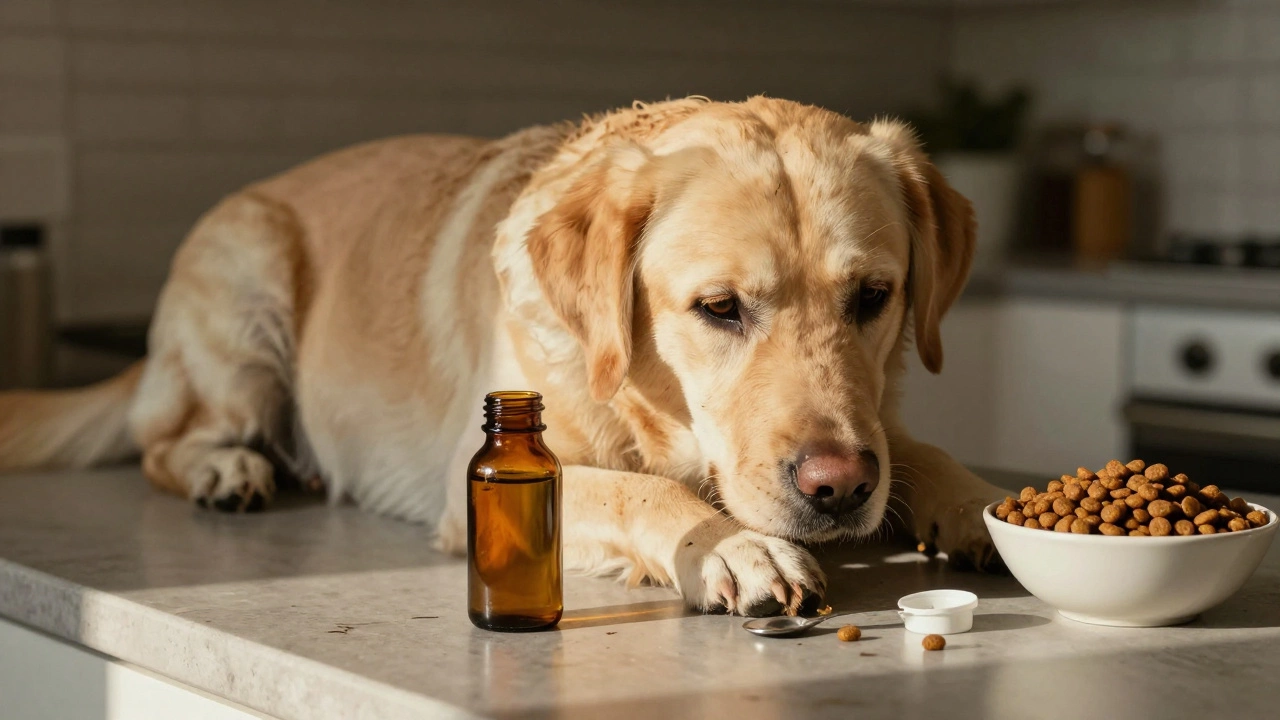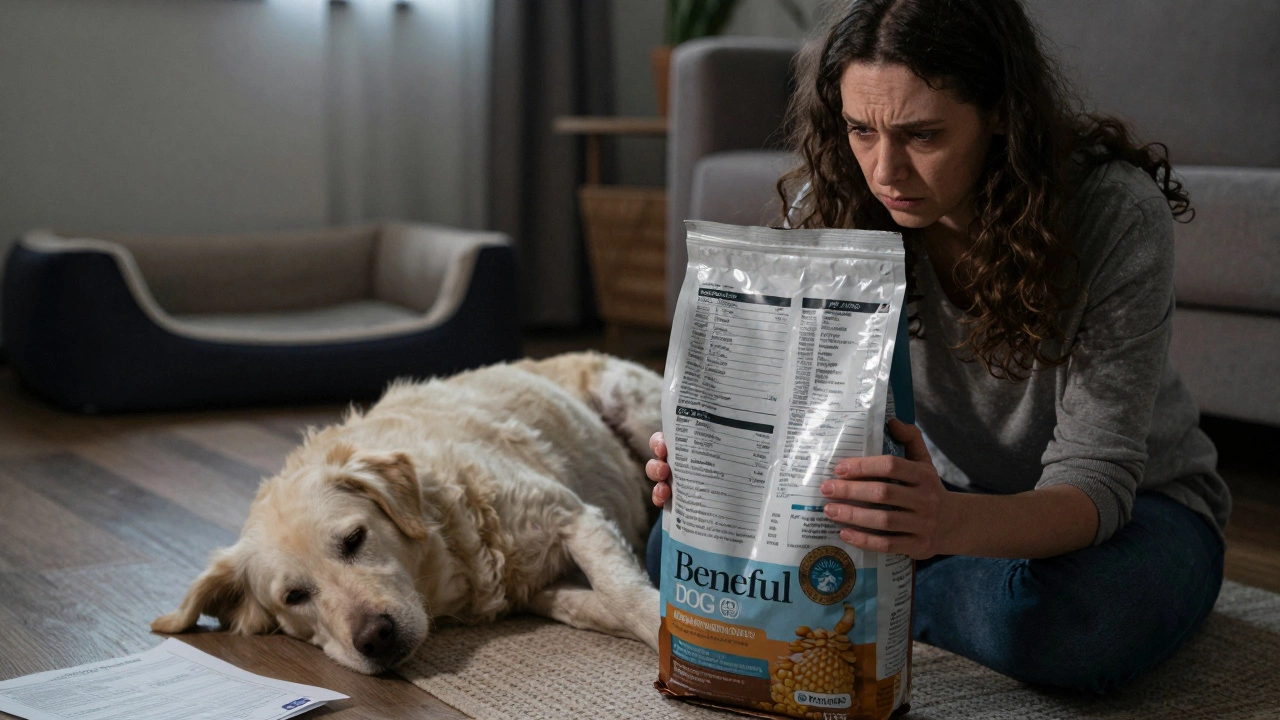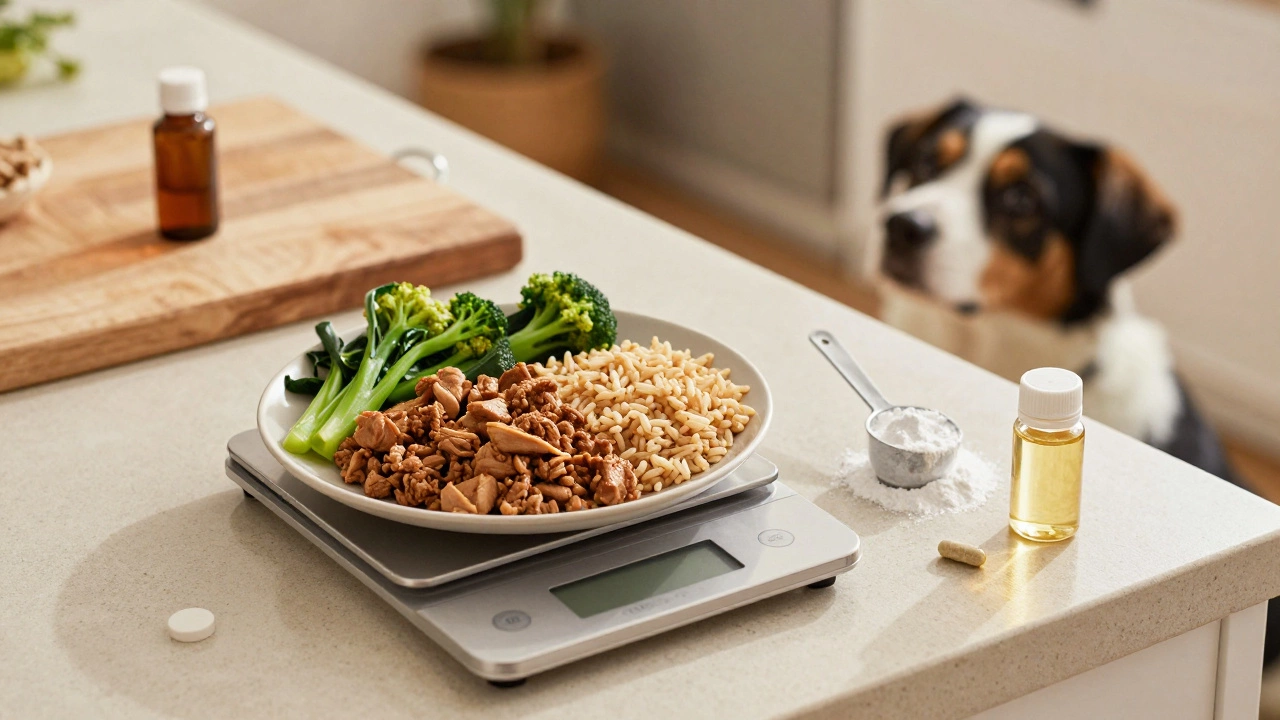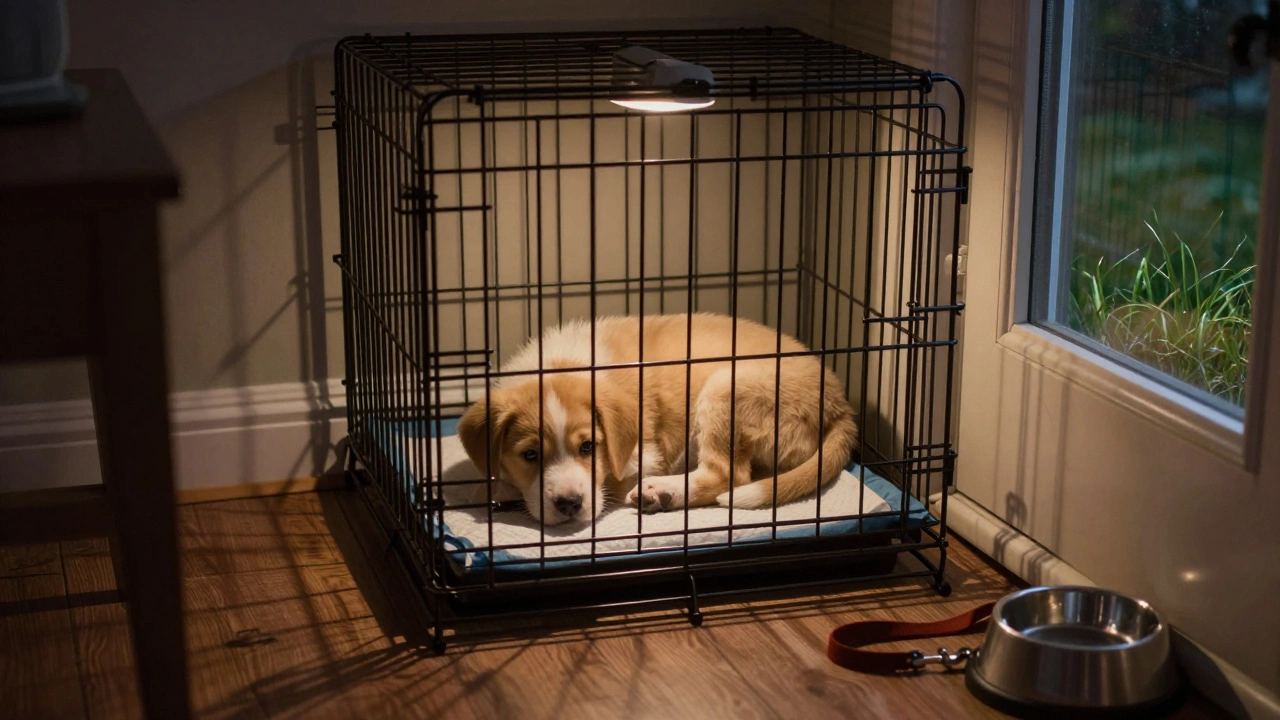Grocery Store Pet Policy: What You Need to Know
When working with grocery store pet policy, the set of rules that decide if and how pets can enter a grocery store. Also known as store pet regulations, it balances customer convenience with health and safety standards. Understanding a grocery store pet policy helps both shoppers and owners avoid surprises at the checkout.
Key Elements That Shape a Pet‑Friendly Grocery
A typical policy encompasses several core ideas. First, service animal rules are usually separate from pet rules, because the law protects trained assistance dogs. Second, health regulations set limits on animal size, carriage, and hygiene to keep food safe. Third, staff training is required so employees know how to enforce the policy without upsetting customers – this is often called pet‑friendly practice. Finally, local ordinances influence the policy, meaning that a store in South Tyneside may follow different rules than one in London.
These pieces create clear semantic connections: grocery store pet policy requires staff awareness; service animal is a type of assistance animal covered by law; health regulations influence the allowed pet size; and store compliance depends on local ordinances. When a store nails these connections, shoppers enjoy a smoother experience and owners know what’s expected.
Below you’ll find a collection of articles that dive deeper into related topics – from calming aids for dogs on trips to grooming tips that keep pets tidy for store visits. Each piece adds a practical angle on how the broader grocery store pet policy affects everyday pet care. Keep reading to see how these guidelines translate into real‑world actions you can take right now.
Can Dogs Shop With You? NC Grocery Store Rules Explained
Find out if dogs are allowed in North Carolina grocery stores, the difference between pets and service dogs, and how major chains handle canine shoppers.

